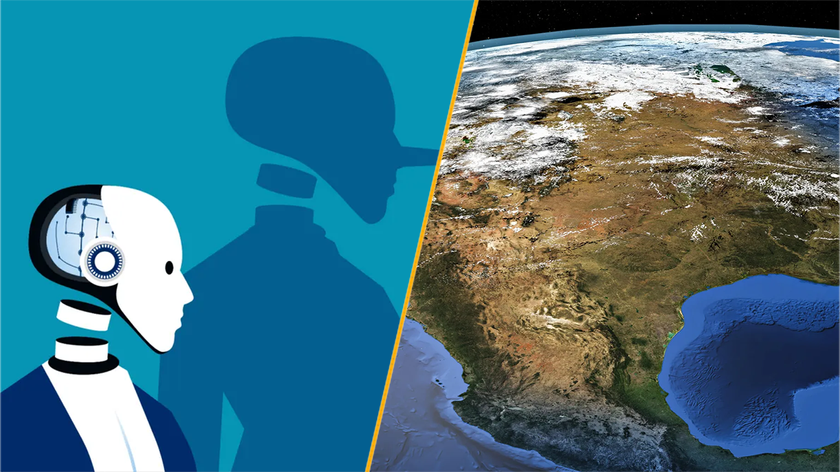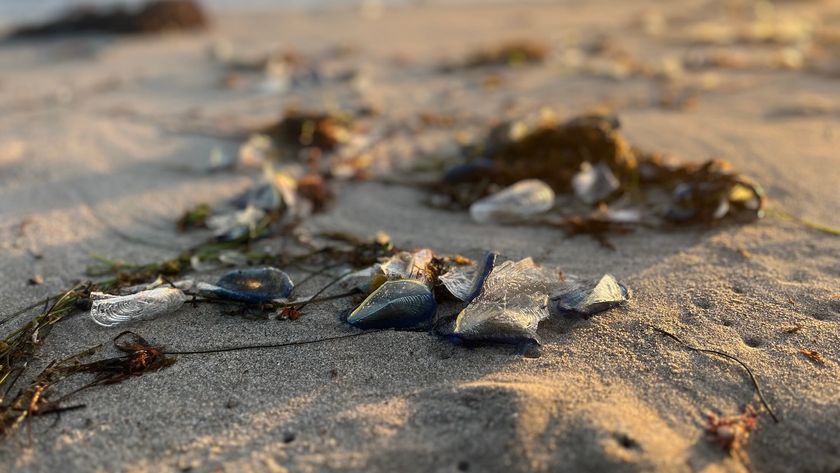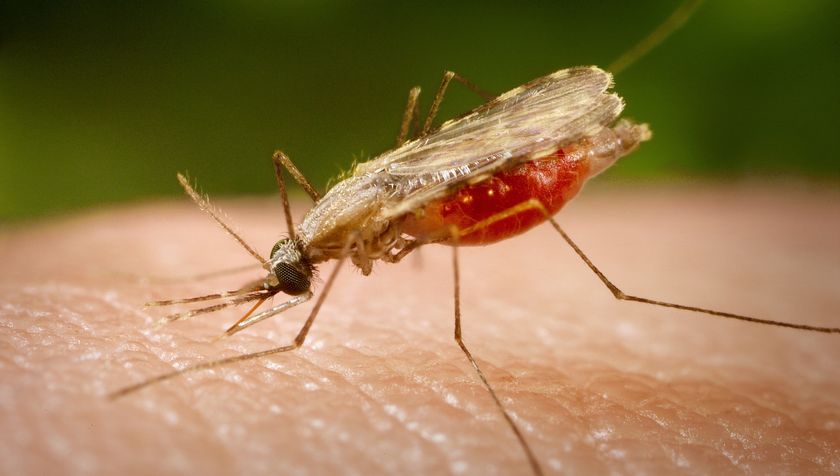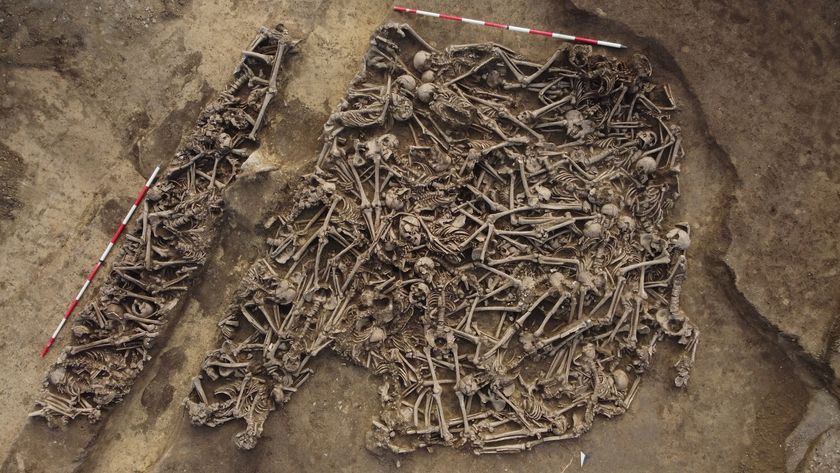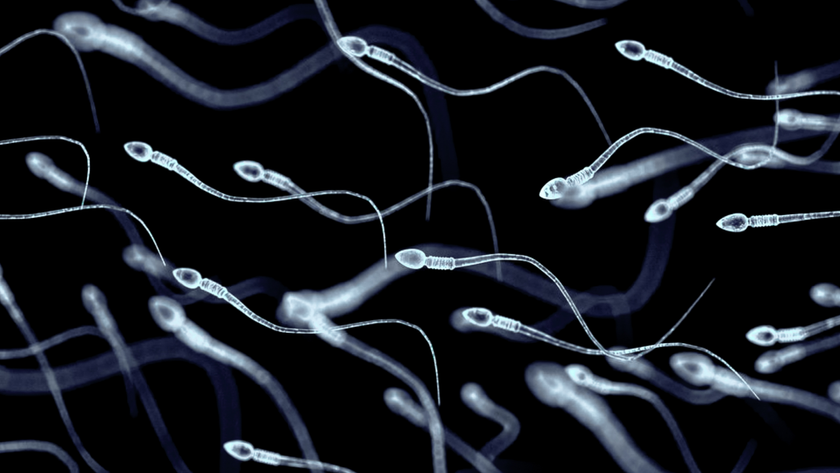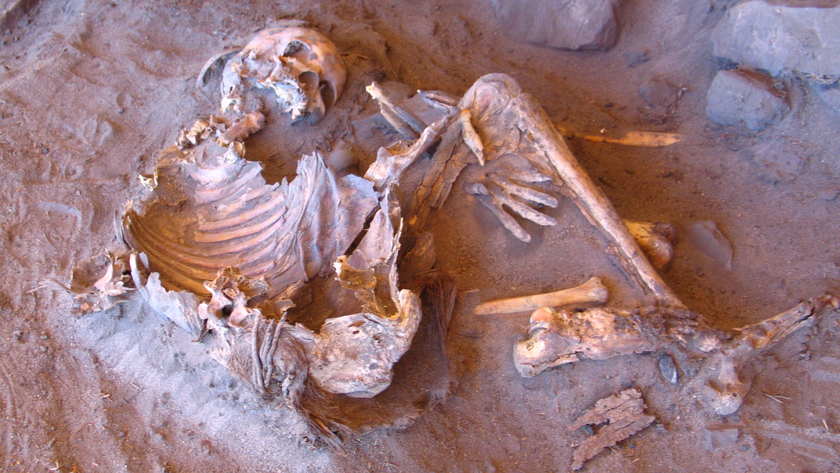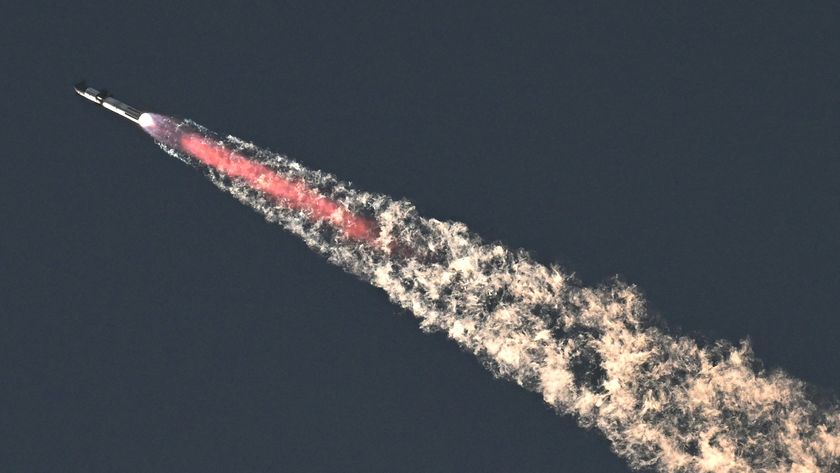Human Viruses Kill Great Apes
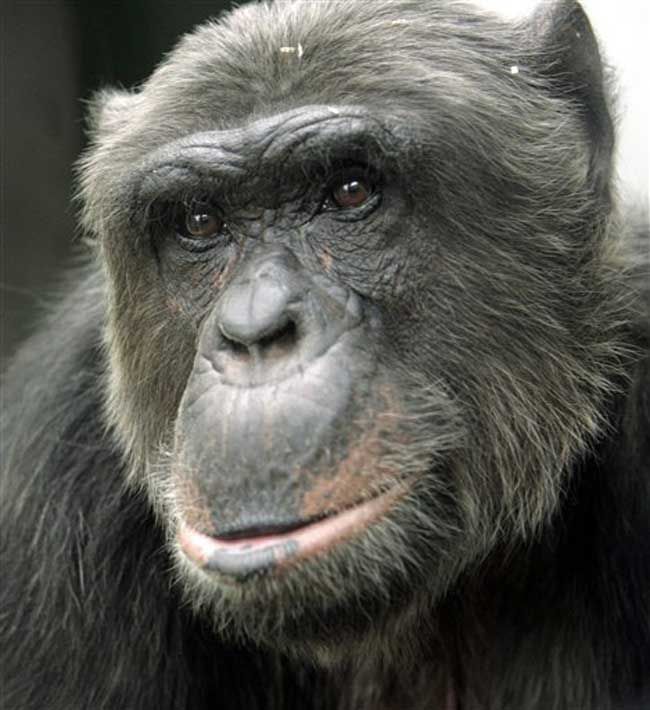
Common human viruses are killing endangered great apes.
A new study reveals a dark side to research and ecotourism, both of which ironically are aimed to help the apes and which may still do more good than harm.
Scientists investigated chimpanzees hit by five outbreaks of respiratory disease between 1999 and 2006 in Côte d'Ivoire in West Africa. Nearly all the endangered chimps became sick and many died.
All available tissue samples gathered from chimp victims tested positive for one of two germs — human respiratory syncytial virus (HRSV) or human metapneumovirus (HMPV). These viruses often cause respiratory disease in humans and, in developing countries, are a major source of infant mortality.
"The viruses we found are very common," said researcher Fabian Leendertz, a wildlife epidemiologist at the Robert Koch-Institute and Max Planck Institute for Evolutionary Anthropology in Germany. "Antibody prevalence in humans is almost up to 100 percent, meaning almost everybody has had contact with these viruses" and developed antibodies, naturally, designed to fight the germs.
These cases represent the first confirmed evidence of viruses transmitted directly from humans to wild great apes.
"Virtually all diseases that can harm us can harm the great apes since we share so many genetic and physiologic properties," Leendertz told LiveScience.
Sign up for the Live Science daily newsletter now
Get the world’s most fascinating discoveries delivered straight to your inbox.
Swapping diseases
There is a long history of diseases spreading from great apes to humans, and perhaps from humans to great apes:
- Ebola is a widespread threat to gorillas and chimps in Central Africa, and may have spread to humans from people who ate infected animals. Ebola and SARS may both have originally come from bats.
- HIV, the virus that causes AIDS, originated from chimps and other primates.
- Gorillas may have given humans pubic lice, or "the crabs."
- There have been suspicions that chimps at Gombe Stream National Park in Tanzania contracted polio from humans, Leendertz said.
- There have also been concerns that gorillas contracted yaws, a disease related to syphilis that is not sexually transmitted, from humans, Leendertz added.
- Gorillas and chimpanzees in West Africa have been killed by outbreaks of anthrax. This may have originated from cattle herded by humans, although Leendertz noted these may have been natural events that just exist there in the forests.
Although research and ecotourism efforts have brought people into greater contact with endangered great apes in the wild, potentially threatening the primates, "research and tourism has a strong positive effect on great apes' survival since it reduces poaching activities in these areas and gives more 'political weight' to the apes and protected areas," Leendertz added.
Indeed, studies suggest the protective effect researchers have against poachers outweighed the substantial chimpanzee death rate caused by human diseases, said Christophe Boesch of the Max Planck Institute for Evolutionary Anthropology. "However, it comes with some hygienic problems which need to be addressed," he added.
Keeping a distance
The scientists have already stepped up guidelines to help minimize the risk of infection to chimpanzees, and they urge others to do the same. For example, Leendertz said, he and his colleagues now wear masks, keep a distance of at least 20 feet from the chimps, and disinfect their boots regularly.
"We need to be much more proactive about instituting strict hygiene precautions at all ape tourism and research sites," Leendertz said. "One possibility for promoting compliance is a certification process similar to the green labeling system now used in the timber industry."
Human diseases that could attack the great apes include germs "that are easily transmitted, such as respiratory disease or diarrhea-causing pathogens, and also those that persist long in the environment, since this creates a higher chance of transmission," Leendertz said.
The researchers will detail their findings in the Feb. 26 issue of the journal Current Biology.
- Video: Jane Goodall's Wild Chimpanzees
- Top 10 Mysterious Diseases
- Learn How Viruses Invade Us

